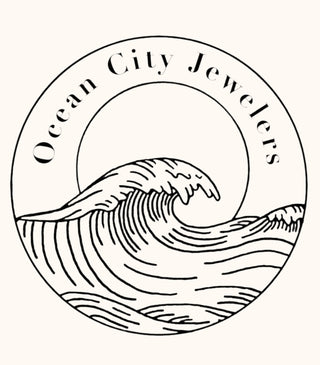Judean Pruta AD 59-62
080-00153
A bronze pruta from the Second Temple period is a remarkable artifact that offers a glimpse into the economic and cultural life of ancient Judea during the time of the Second Temple, which stood from 516 BC to 70 AD. The pruta, a small coin made of bronze, was a common currency in the region, and it played a significant role in daily transactions, from buying food to paying taxes. These coins were often used in the temple for various religious offerings and were an essential part of the broader monetary system in ancient Judea.
Typically weighing around 3 grams and with a diameter of approximately 17-20 millimeters, the pruta featured inscriptions and symbols that were indicative of the ruling authority at the time, whether the Hasmonean dynasty or the Roman Empire, which had dominion over Judea during the latter part of the Second Temple period. The obverse side often depicted a figure, such as a temple or a ruler, while the reverse might feature symbols such as a pomegranate, a vine, or other motifs with religious significance.
These coins not only held practical value but also carried a symbolic weight, representing both the sovereignty of local rulers and the religious practices centered around the Second Temple. The bronze pruta serves as a tangible connection to the past, allowing modern viewers to better understand the social, political, and religious dynamics of an ancient society.
| Additional Information | |
|---|---|
| COUNTRY | Judea |
| DENOMINATION | Prutah |
| EdgeItemKey | 001-080-00153 |
| GRADE | F |
| Inventory Type | Stock |
| stone info | [] |
| Vendor Style Code | 5873602317 |
| YEAR | AD 59-62 |








